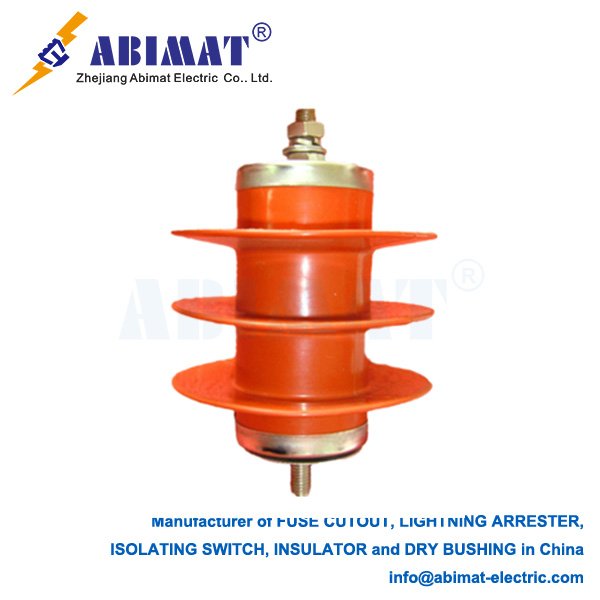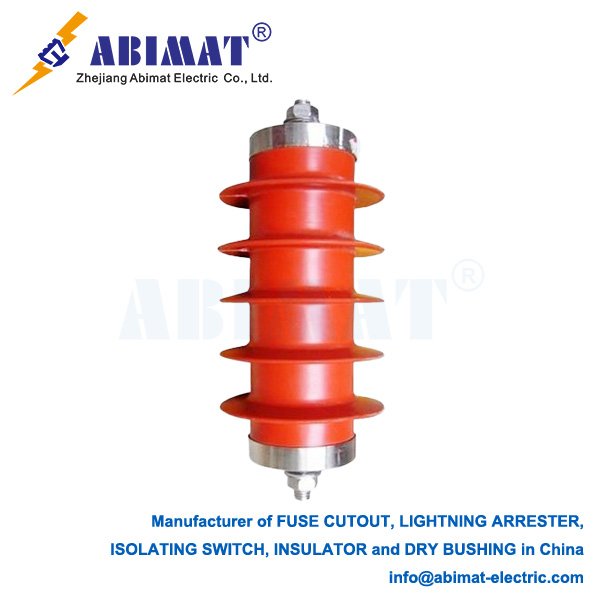The 20 kV Lightning Arrester: Essential Protection for Medium-Voltage Systems
A 20 kV lightning arrester—people often call it a surge arrester too—is a key protective device. It gets installed in medium-voltage (MV) electrical networks. These networks usually range from 12 kV to 24 kV. Its main job is to protect expensive equipment. Things like transformers, switchgear and cables are the ones it safeguards. It does this by limiting sudden overvoltages. Most of these overvoltages come from lightning strikes or switching operations.
Under normal working conditions, the arrester has very high impedance. This means it basically acts like an open circuit. It keeps itself separate from the live system because of this. The core part of the arrester is a stack of Metal-Oxide Varistor (MOV) discs. These discs are mostly made of zinc oxide (ZnO). They also have other metal oxide additives.
ZnO varistors have a very non-linear voltage-current feature. A transient overvoltage can happen sometimes. If that overvoltage goes above the system’s protective level, the arrester’s impedance drops a lot. This creates a low-impedance path to the ground. The surge current can then flow safely through this path. It gets diverted and turns into heat, which fades away. Once the transient is gone, the system voltage goes back to normal. Then the arrester quickly gets its high impedance back. This lets it isolate again, and it doesn’t stop the power flow.
Choosing the right arrester for a 20 kV system needs looking at several key things. First is the Rated Voltage (Ur). This is the highest power-frequency voltage the arrester can handle. It has to do this after it diverts a surge, usually for 10 seconds. A 20 kV system has a nominal voltage around 20-22 kV. For this kind of system, a common Ur is 24 kV or 27 kV. People pick these to handle temporary overvoltages (TOVs).

Next is the Nominal Discharge Current (In). This is a standard current wave. It’s used to sort the arrester’s duty cycle. For distribution-class arresters, 5 kA or 10 kA is typical for this current.
Then there’s Residual Voltage (Ures). This is the voltage across the arrester’s terminals. It shows up when the arrester discharges the nominal current. This parameter is key—it defines the protective level. A lower residual voltage means better protection for the connected equipment.
Line Discharge Class is another one. It sorts how much energy the arrester can take for switching surges.
20 kV surge arresters get put in important spots in the network. One spot is on overhead line poles. They protect distribution transformers there. Another is at the entrance of substations. They shield switchgear and cables there. They also go at the terminals of rotating machines. Things like motors or generators are these machines.
These arresters clamp down on transient overvoltages reliably. This stops insulation breakdown. Insulation breakdown is the top reason equipment fails from surges. Doing this makes the system more reliable. It cuts maintenance costs. It also makes critical assets last longer.
The abimat 20 kV metal-oxide surge arrester is a smart and necessary guardian. It looks after medium-voltage power systems. It has fast-acting, non-linear features. These features give strong defense against the harmful energy from lightning and switching surges. This makes sure the electrical supply stays stable and keeps running. Picking the right arrester and using it correctly is very important. It helps make a protection plan that works well and is strong.


